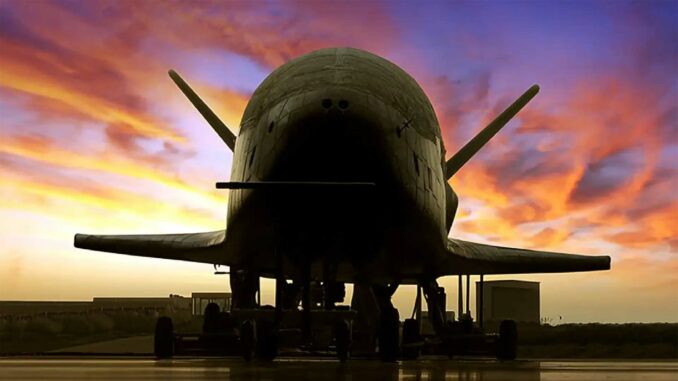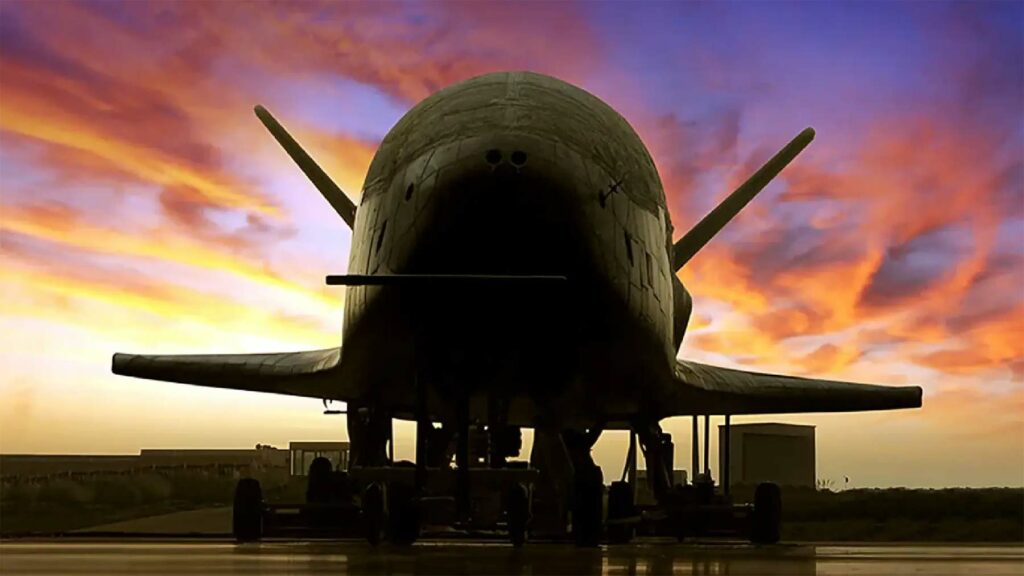
China launches its reusable spaceplane for the third time, marking a crucial milestone in the space race.
Against a backdrop of growing space rivalry, China recently launched its reusable spaceplane, Shenlong (“Divine Dragon”), for the third time. Launched from the Jiuquan Satellite Launch Center via a Long March 2F rocket, the aircraft remains shrouded in mystery. This mission, aimed at conducting scientific space experiments and supporting the peaceful use of space, is part of an overall drive to boost China’s space capabilities. This initiative comes just hours after SpaceX cancelled the launch of the American X-37B spaceplane, underlining the tacit but palpable competition between the two superpowers.
The Shenlong space challenge
The Shenlong, which takes off vertically and lands horizontally like NASA’s space shuttle, remains a subject of speculation. Little information is available on its exact capabilities or missions. However, it appears to be used to test new payloads and orbital operations. Its last mission lasted 276 days, during which the spaceplane ejected an unidentified object into orbit, speculated to be a small inspection satellite or an obsolete service module.
Sino-American rivalry in space
The Shenlong launch took place against a backdrop of heightened competition in space, particularly with the United States. The simultaneity of China’s and the U.S.’s space missions is no coincidence, according to General Chance Saltzman, Chief of Space Operations for the U.S. Space Force. This competition underscores the strategic importance of reusable spaceplanes, considered crucial assets for supremacy in space.

The implications of China’s space program
The continuing success of China’s space program, exemplified by the Shenlong, represents a major challenge to American space supremacy. The ability to launch, operate and recover spaceplanes offers China a strategic advantage, not only for scientific research but also for potential defense and intelligence applications. This breakthrough could prompt an escalation in the race for advanced space technologies between world powers.
Although the specific details of the Shenlong’s missions remain secret, the implications of such capabilities are vast. They range from advanced scientific research to potential applications in surveillance, communications and perhaps even defense. The responsiveness and increased frequency of missions underline the strategic importance China attaches to its space program.
China’s third successful Shenlong launch symbolizes a significant milestone in the space race, reinforcing its position as a major space power. Against a backdrop of growing rivalry with the United States, this breakthrough could redefine the balance in the exploration and use of space in the coming decades.
War Wings Daily is an independant magazine.